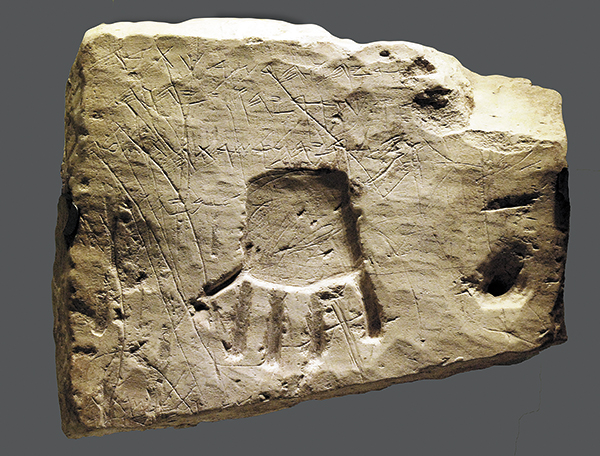Image Details

Zev Radovan/www.biblelandpictures.com
THE SHRINES OF YAHWEH. References to Yahweh and “his asherah” in the famous Khirbet el-Qom (shown here) and Kuntillet ‘Ajrud inscriptions have led many scholars to postulate that the Israelite God had a divine consort named Asherah. This goddess, however, is little more than a scholarly invention, resulting from the confusion of the Canaanite goddess Ashtoreth with the similar-sounding word asherah (plural, asherim), a common West Semitic noun meaning “shrine” or “sacred grove.” Evidence that asherah was not the name of a goddess is also found in the Bible, where asherim are described as being “built,” “made,” “set up” and “installed.”
As such, these inscriptions refer not to God’s wife, but rather to “his shrine,” presumably holy places beneath large trees, or small constructions that had been dedicated to Yahweh. Thus, the Khirbet el Qom text, which reads, “Blessed be Uryahu by Yahweh and [blessed be] the boundaries of his estate by his asherah,” commemorates a provincial shrine built to Yahweh on the author’s lands. A similar shrine dedication is likely reflected in the Kuntillet ‘Ajrud inscription, which reads, “I have blessed you to Yahweh of Samaria and his asherah.”
